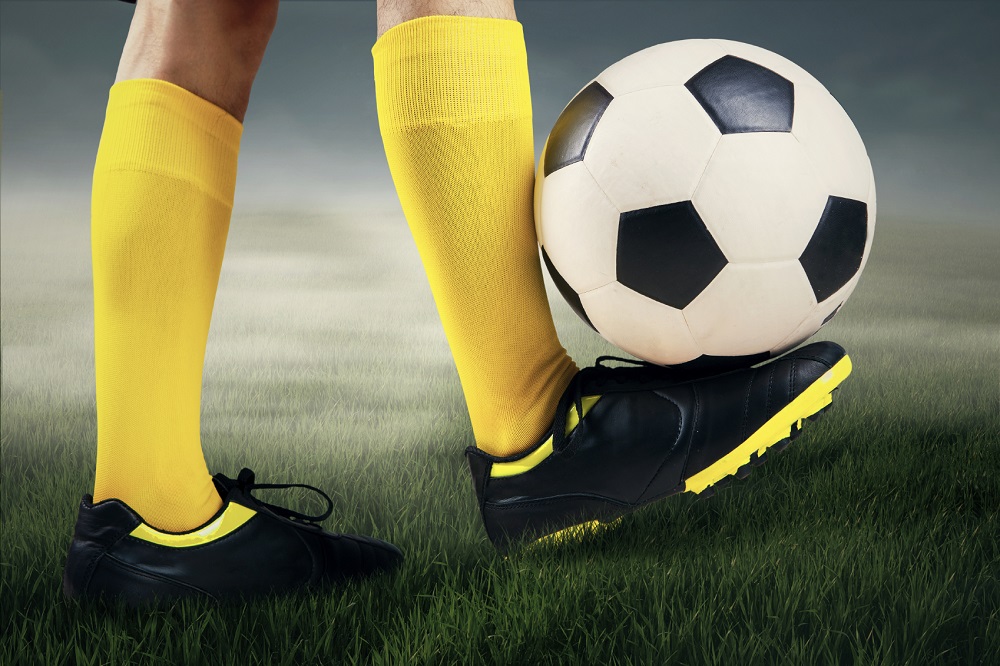Important information on soccer cleats

Soccer cleats are an important part of soccer and as such there are regulations that govern use and standards. The regulations are in place to maintain a safe playing environment and to ensure that players do not gain any competitive advantage from the use of illegal materials. Here is a quick rundown of the regulations:
General
The general rules that govern cleats are pretty lax. FIFA for example, only say that adequate footwear is the only requirement, leaving the rules to the local and national authorities. The NCAA for example states that “Shoes with soles containing aluminum, leather, rubber, nylon or plastic cleats, studs or bars, whether molded as part of the sole or detachable, are allowed.” The definition is very specific and prevents the use of any other materials in the construction of cleats.
Front Stud
There is a lot of confusion around cleats that have a stud right in front. The front stud is only for use in Baseball, Lacrosse, and Football. In soccer, a stud at the very front of the shoe is unnecessary, dangerous, and is now against the rules.
Local
Generally, most soccer leagues try to follow the same set of rules. However, there are instances where some have rules to outlaw specific items. For example: “In Massachusetts, soccer cleats with any metal (even metal tipped) currently are illegal.”
Referee
Although the soccer rules are quite lenient, if a referee believes that a players cleats are dangerous, he can remove them from the field immediately.
Article by Soccer Garage. Looking for the best soccer cleats? Head over to Soccer Garage, where you will find the largest selection of brands like Diadora soccer.



Leave a Reply